Vampires; the Lure and the Allure.
By Lara Parker, author of DARK SHADOWS: WOLF MOON RISING.
Vampires and zombies and ghouls, oh my! What is the
ever-growing fascination with supernatural entities that are also evil? Is it
because we live in difficult and disappointing times and seek escape from our
troubles? Or does it go deeper?
First of all, it’s obvious that sexual urges play a large
part in the appeal, and the bite of the vampire is a thinly disguised metaphor
for the sexual act. Being bitten plays out the stages of seduction: the
irrepressible urge, the loss of will, the abandonment to desire, and then
penetration and orgasm. Unfortunately, being bitten is also lethal. One either
dies or becomes one of the living dead.
In the teen age and college culture of today, young girls
are expected to be sexually available, even eager. The old-fashioned standard
of playing hard to get so that he will want you more has disappeared. This
doesn’t mean that girls are happy with these expectations, but they are
pressured to conform to them nevertheless.
And we’ve always been drawn to the ‘bad boys,” and popular
songs often explore that topic. Desiring what is bad for you and can harm you
is part of the allure.
TWILIGHT provided a way out of this dilemma since sex with a
vampire is forbidden; being bitten is the sure road to death, just as sex was
thought to be in days before birth control and antibiotics.
Bella is safe because she can abandon herself to love. A
beautiful, powerful boy takes care of her and keeps her safe, but she does not
have to have sex with him because, well . . . she can’t have sex with him. (At
least in the first book) She and Edward both know this, and the sword lies
between them and keeps them apart. Bella gets the boy but remains the virgin to
be loved for her virtue.
In the cult TV show, DARK SHADOWS, the vampire Barnabas
Collins fulfilled the dreams of lonely housewives watching TV over their
ironing and longing for the renewal of passion in their lives. Desire for a
vampire’s bite is not being unfaithful to one’s husband because the bite cannot
be safely consummated. One can fantasize passion but not succumb to it,
expunging guilt but leaving one free to explore sexual desire.
Played with Shakespearian conviction by the charismatic actor,
Jonathan Frid, Barnabas Collins represented the fulfillment of female
fantasies. Dangerously evil, he was also
deeply morose and consumed with guilt over his need for blood, engaging not
only the “bad boy” desires but also the mothering instinct: “He is so sad and
depressed; can’t I be the one to relieve his misery?”
On a deeper level, the vampire embodies all that we aspire
to and all that repulses us. He is immortal, living forever, and this is what
we long for most deeply: eternal life. This is why we practice religion because
we are promised an afterlife in paradise. At the same time we are repulsed by
anything dead, even a squished cockroach or a dead mouse. We draw back in
disgust. This is the push-pull of the vampire, desire coupled with loathing
that creates artistic tension and a compelling fixation.
The vampire also possesses the allure of the competent,
reckless but sophisticated male who is experienced and powerful. He is a figure
of forbidden desire much like the cowboy, the gangster, the gambler, or the
lord of the manor, a mysterious, gloomy and troubled loner whose indifferent
heart can be won by the right virtuous woman.
This scenario is at the heart of Gothic romance, Jane Eyre, for instance. The fact that
the vampire is a member of the wealthy and powerful class of men makes him
appealing to women and the fact that he is evil disguised makes him taboo. The
dichotomy is evident, and the desire to pull the two sides of the vampire into
one accessible human being is the lasting attraction.
Love and death are fiction’s time-honored topics, and the
vampire embodies both.












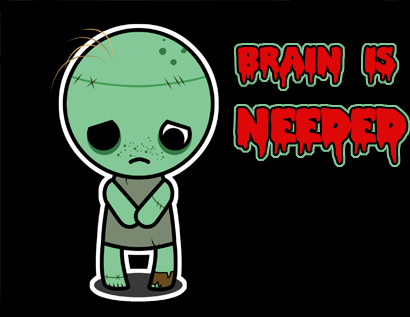




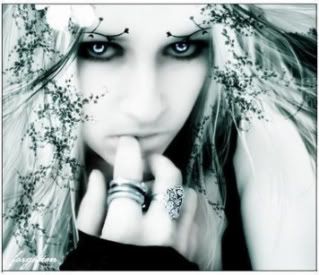


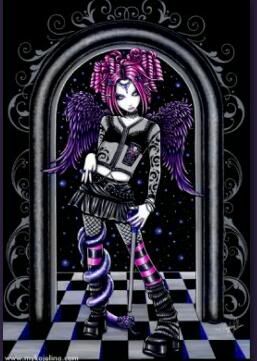

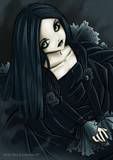

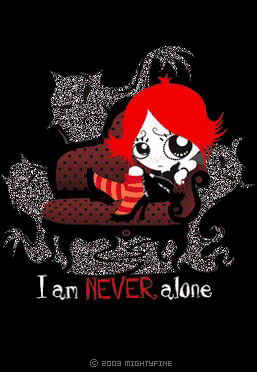
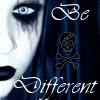



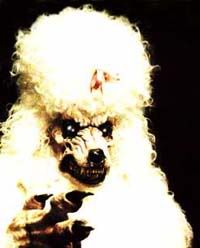
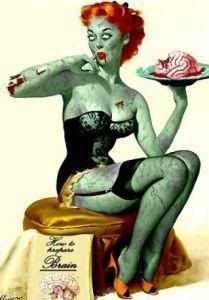











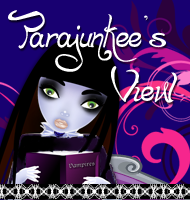




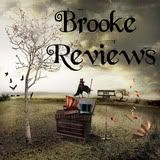
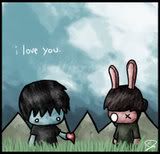
No comments:
Post a Comment
Thanks for commenting!